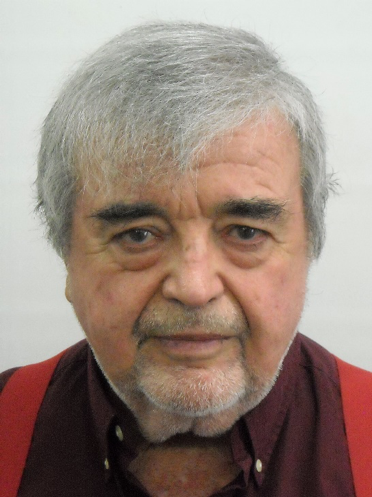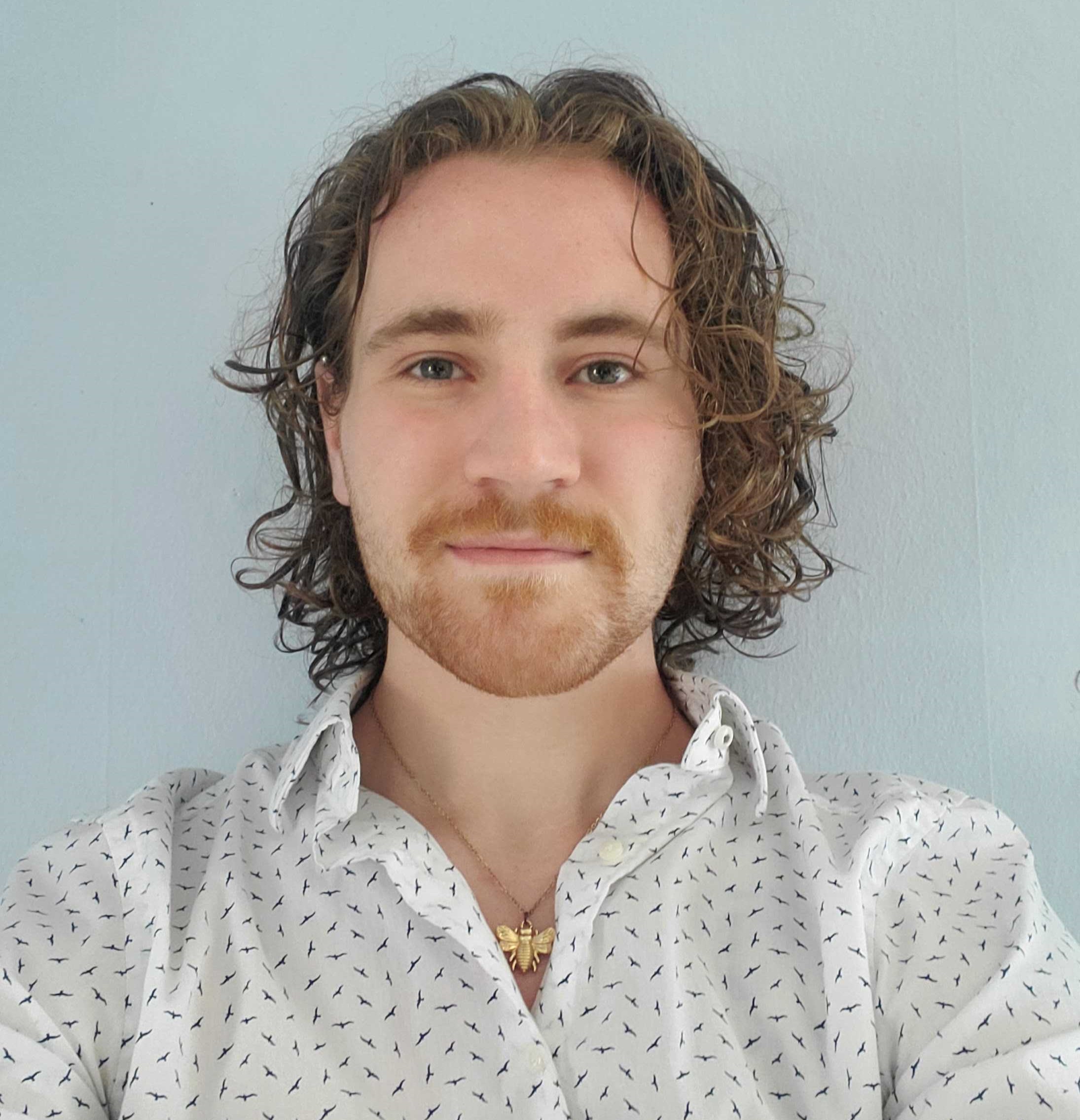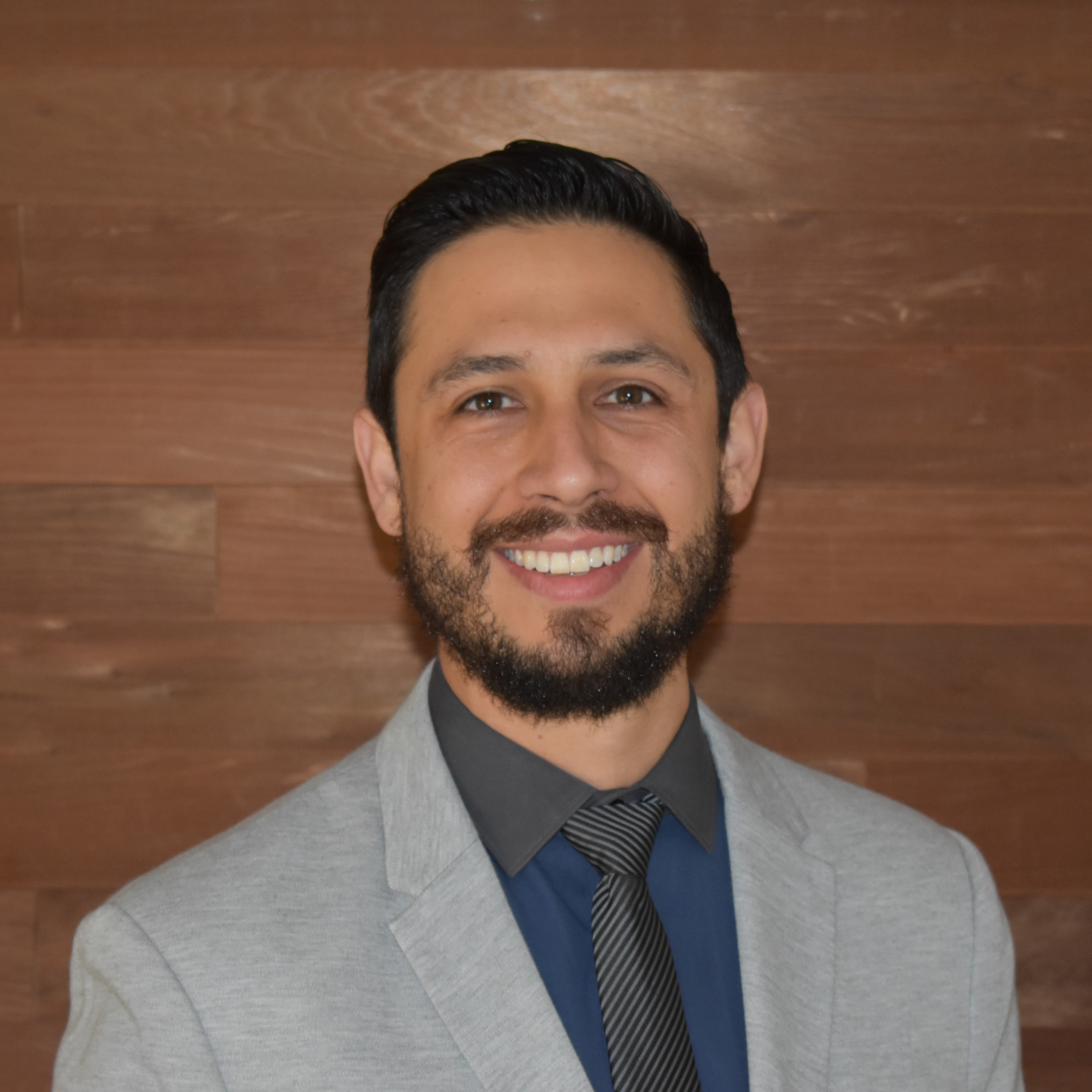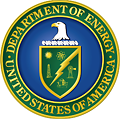FUTURE Alumni
Sahil Agarwal (BGSU) |
|
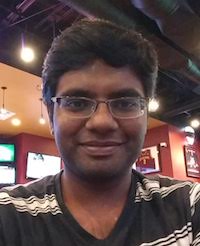 |
Sahil is a PhD student at the Bowling Green State University. He is currently working on positron annihilation spectroscopy to understand the effect of irradiation and corrosion damage on the defect characteristics of materials under thrust-1 of FUTURE. He likes cooking and working out at gym in his free time. Always looking for a partner to play chess. |
Rasheed Auguste (UCB) |
|
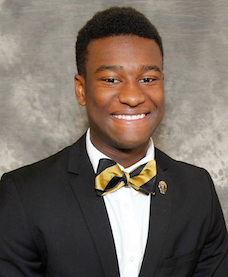 |
Rasheed is a graduate student from the University of California, Berkeley. Rasheed works on the point defects thrust of FUTURE to study irradiation’s effect on motion of point defects in materials. He enjoys soccer, bookstores, and traveling in his spare time. |
Amitava Banerjee |
|
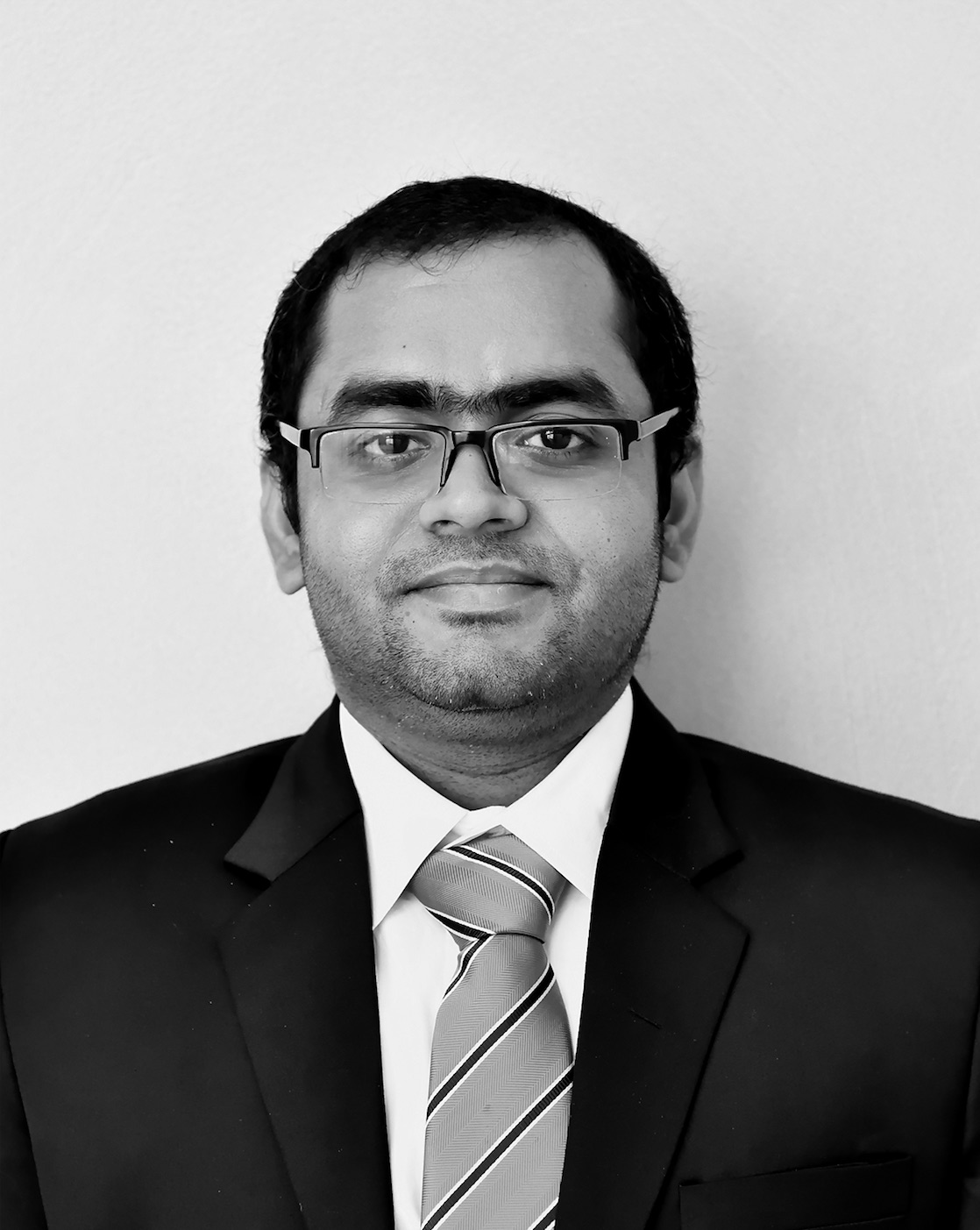 |
Amitava Banerjee was a postdoctoral researcher in MST-8 at LANL under the guidance of Blas Uberuaga and Edward Holby. Amitava worked on the modeling cross-cutting thrust of FUTURE to study defect thermodynamics and kinetics within the metal and the oxide and at their interface as it pertains to corrosion mechanisms. In his free time, he enjoys photography, cycling and collecting stamps. |
TS Byun |
|
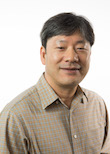 |
TS Byun, who has earned degrees from the Korea Advanced Institute of Science, studied radiation effects on the deformation and cracking behavior of reactor materials and helped to develop radiation-resistant high temperature materials. He has published over 100 papers cited more than 25 times on average. As a previous thrust leader in FUTURE, he led the studies on the mass transport of alloying elements and corrosion species in irradiated and corroded microstructures using advanced characterization tools. He doesn’t mind golfing on a freezing winter day, and though he has never reached a single digit handicap after well over a decade, he is lucky enough to have once shot a hole-in-one. |
Jacob Cooper |
|
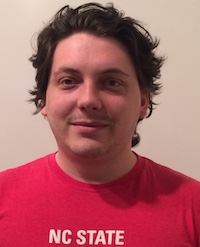 |
Jacob Cooper was a PhD student at North Carolina State University, advised by Dr. Djamel Kaoumi. Jacob previously worked on point defects thrust of FUTURE to study the accumulation of point defects in materials under irradiation. In his free time, he enjoys golf and traveling. |
Junsoo Han |
|
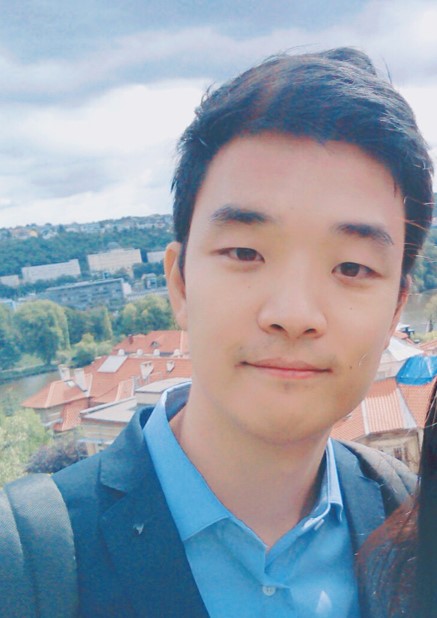 |
Dr. Junsoo Han is a graduate of Ecole Nationale Supérieure de Chimie de Paris (ENSCP), France. He has been investigating the microstructural effect on the electrochemistry of a multi-phase alloy system as a member of the European Research Fund for Coal and Steel (RFCS) project. His research has focused on the dealloying and elemental dissolution mechanism by using the atomic emission spectroelectrochemistry (AESEC) technique. He has developed the novel combination of electrochemical impedance spectroscopy with AESEC (EIS-AESEC) and the gravimetric hydrogen measurement with AESEC. For the FUTURE project, he investigated the effect of aqueous solution, room temperature ionic liquids and the molten salts on the thermally formed oxide layer by using electrochemical techniques and surface characterization. He loves traveling, reading and learning languages. |
Riley Ferguson (BGSU) |
|
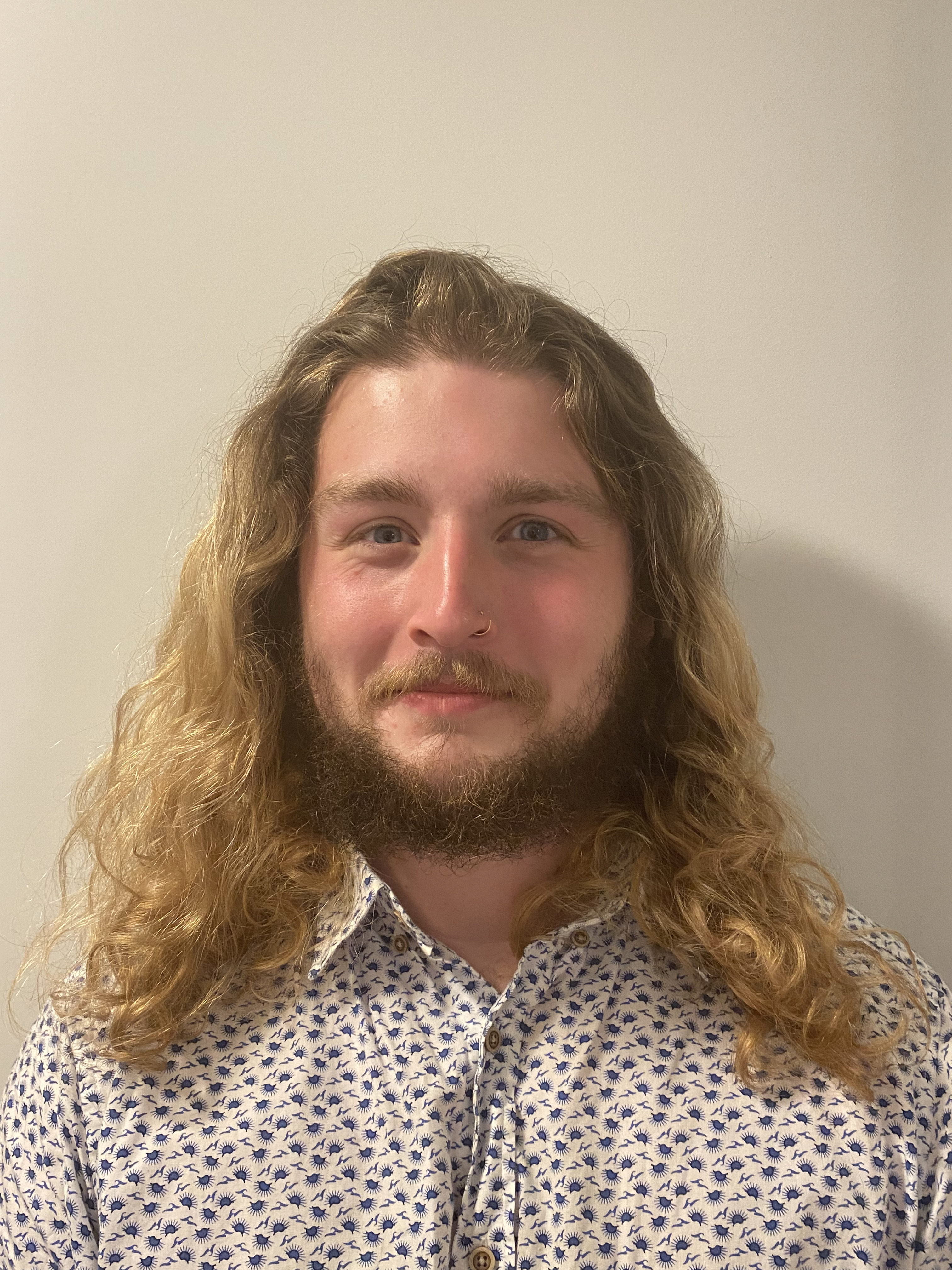 |
Riley Ferguson is a graduate student at Bowling Green University currently advised by Dr. Farida Selim. He is helping with the design of a positron beam system for studying radiation damage on materials under Thrust 1. He has played trumpet for the past 15 years, enjoys hiking, camping, snowboarding, and jazz improvisation. |
Sabrina Hadinoto |
|
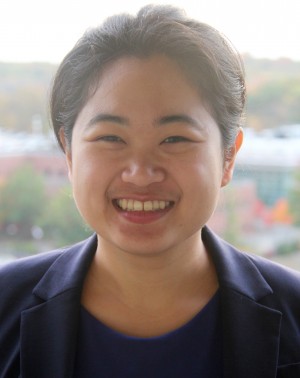 |
Sabrina Hadinoto is a Foreign Service Officer with the U.S. Department of State. Sabrina was the program manager for the FUTURE and NEAMS program at Los Alamos National Laboratory between 2020-2022. Prior to her time at Los Alamos National Laboratory, she was a venture capital and private equity investment professional. She is a graduate of the University of Michigan Law School and the University of California Los Angeles. In her free time, she enjoys reading, traveling, and nature walks with her husband and their rescue dog, Molly. |
Md Minhazul Islam (BGSU) |
|
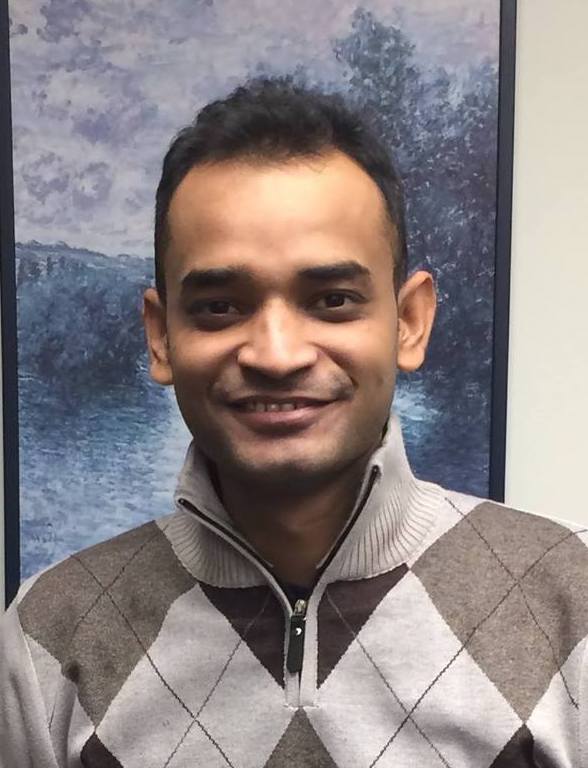 |
Md Minhazul Islam is a PhD student in Photochemical Science program at Bowling Green State University. He studies oxide based semiconductor materials and characterization of point defects by different optical and electrical techniques. He is currently working on investigating 'open volume type' point defects in materials under Thrust-1 of FUTURE project. He likes drawing, biking, traveling, watching movies and reading books. |
Timothy Lach |
|
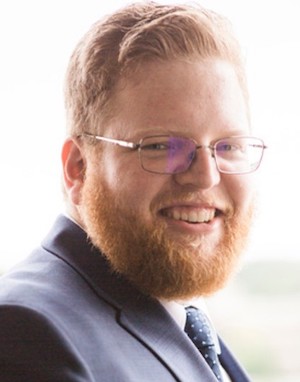 |
Timothy G. Lach, a graduate of the University of Illinois at Urbana-Champaign and The Ohio State University, used advanced characterization techniques like aberration-corrected scanning transmission electron microscopy (STEM) and atom probe tomography (APT) to study the microstructural evolution of structural and radiological materials subjected to extreme environments. During his time as an early career scientist as part of the FUTURE-EFRC, he characterized the chemical and structural evolution of materials in coupled corrosive and radiation environments using STEM and isotope-sensitive APT. In his spare time, Tim enjoys cheering on his Buckeyes and playing park league softball, basketball, and ultimate disc. |
Hanna Lorica |
|
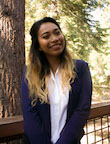 |
Hanna Lorica is a recent graduate from UC Berkeley and a staff member in the Department of Nuclear Engineering. She provides administrative support to Chair Peter Hosemann's research projects, including Thrust 3 activities. When not at work, she enjoys taking trips, watching movies and singing to musicals. |
Digby Macdonald |
|
|
|
Digby D. Macdonald is a native of New Zealand, a naturalized US citizen, and is a Professor in Residence (semi-retired) in the Departments of Nuclear Engineering and Materials Science and Engineering at the University of California at Berkeley. He specializes in the growth and point defect structures of thin oxide films on metal surfaces under extreme environmental conditions and developed the Point Defect Model for describing the physico-electrochemistry of such systems. He has also developed the modern theory of stress corrosion cracking, corrosion fatigue, and pitting corrosion in terms of the Coupled Environment Models. One of his major activities has been the modeling of the electrochemical and corrosion properties of structural materials in the coolant circuits of operating, water-cooled nuclear power reactors and recently modeled for DOE the coolant circuit of the ITER that is currently being built in Cadarache, France. ITER is the World’s first fusion technology demonstration reactor. He has also contributed to developing the science base for the disposal of High-Level Nuclear Waste in the US (Yucca Mountain), Belgium, and Sweden. Prof. Macdonald has published more than 1,000 papers in peer-reviewed journals and conference proceedings, is a Fellow of the Royal Society of Canada, the Royal Society of New Zealand (the “National Academies” of those countries, and is a Member of the EU Academy of Sciences. He enjoys a H-index of 77 and his papers have been cited 25,504 times. |
Ian Jeanis (BGSU) |
|
 |
Ian Jeanis is a graduate student at Bowling Green University currently advised by Dr. Selim. He is helping with the design of a positron beam system for studying radiation damage on materials under Thrust 1. In his free time, he likes to watch anime, play games, and enjoy a nice session of Dungeon and Dragons. |
Angelica Lopez Morales (NCSU) |
|
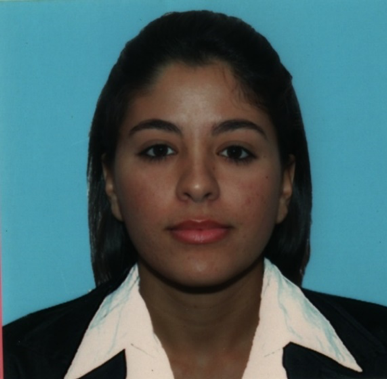 |
Angelica is currently a PhD student at the Nuclear Engineering department of North Carolina State University under the supervision of Dr. Djamel Kaoumi. Angelica holds a Bachelor of Science in Energy and Nuclear Technologies (with honors) from the Higher Institute of Applied Sciences and Technologies (InSTEC) in La Havana (Cuba), where she also obtained a University Teacher’s Certificate. Angelica joined Dr. Kaoumi’s group in 2019 and will contribute to the EFRC by studying radiation damage in non-passivating systems. |
Malachi Nelson (UCB) |
|
|
|
Malachi is a PhD student at the University of California, Berkeley, currently studying the thermophysical properties of molten salts and corrosion of structural materials. He earned a M.S. in Mechanical and Nuclear Engineering and B.S. in Mechanical Engineering from Worcester Polytechnic Institute. In his free time, Malachi enjoys hiking, cooking, rock climbing, and snowboarding. |
Samikshya Prasai (BGSU) |
|
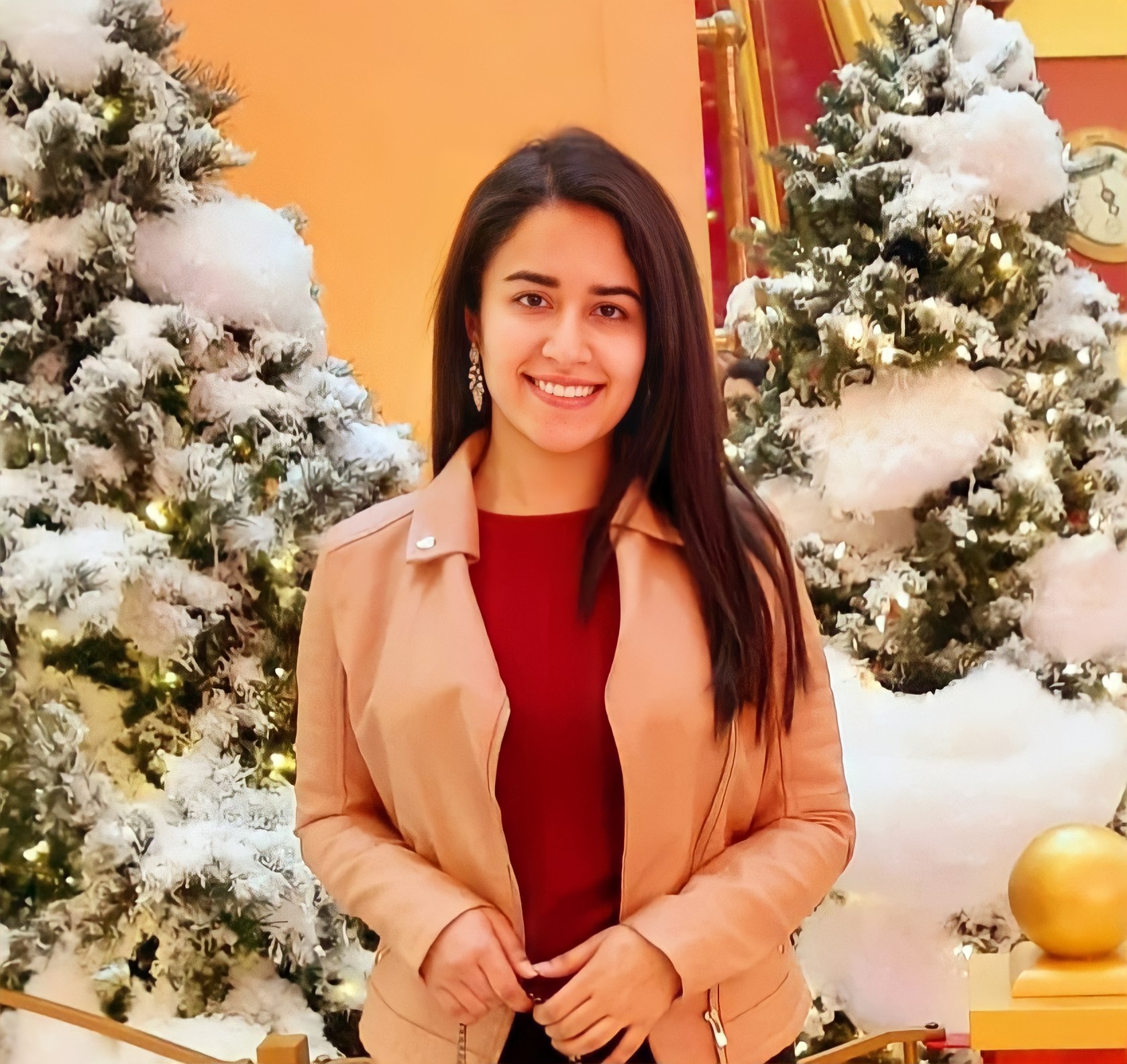 |
Samikshya Prasai is a graduate student in Physics at Bowling Green State University. She is currently doing research in Positron Annihilation Spectroscopy (PAS) for the study of defects in thin film semiconductors. Her major interest resides in the manipulation of defects to enhance the properties of materials. |
Martin Owusu-Mensah |
|
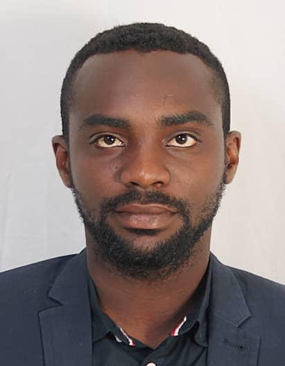 |
Martin Owusu-Mensah was previously a Postdoctoral Research Scholar at the Nuclear Engineering department of North Carolina State University under the guidance of Dr. Djamel Kaoumi. Martin holds a PhD in Nuclear Energy from the University of Paris-Saclay, France, where he worked on Understanding the first formation stages of Y,Ti oxides in Oxide Dispersion Strengthened (ODS) steels using ion implantation. Martin also holds a Master’s degree certificate from the same university in the field of Nuclear Energy specializing in Nuclear Power Plant Design. In addition, Martin also holds Bachelor’s degree in Physics from Kwame Nkrumah University of Science and technology, Ghana. Prior to his graduate studies, Martin worked for a year as a teaching and research assistant and has undertaken many different internships at different times. Martin previously worked on radiation damage in metal/oxide interfaces in the realm of this EFRC. |
Jie Qiu |
|
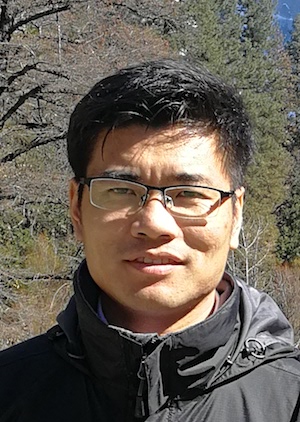 |
Jie Qiu is a graduate of Shanghai Institute of Applied Physics (SINAP), Chinese Academy of Sciences (CAS), China. Jie has been investigating the corrosion of materials in molten fluoride salts for approximately 7 years. He is experienced in high temperature molten salts and skilled in analyzing materials by different techniques, including scanning electron microscope (SEM), electron probe microanalysis (EPMA), transmission electron microscope (TEM), X-ray diffraction (XRD), X-ray photoelectron spectroscopy (XPS) and synchrotron radiation techniques. In FUTURE, he istudied the corrosion of materials in high temperature molten salt and/or high pH alkaline solutions using electrochemical methods. In his spare time, he likes reading about history and playing basketball. |
Evan Still (UCB) |
|
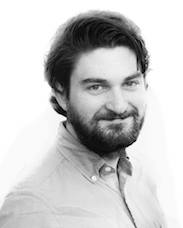 |
Evan Still is a PhD student at the University of California, Berkeley, advised by Prof. Peter Hosemann, where he investigates the applications of data mining techniques for atom probe tomography. Evan has spent time at both PNNL and Sandia, where he has focused on precipitate identification and hydrogen diffusion. In his free time he enjoys swing dancing, baking, and drawing |
Sarah Wang (UCB) |
|
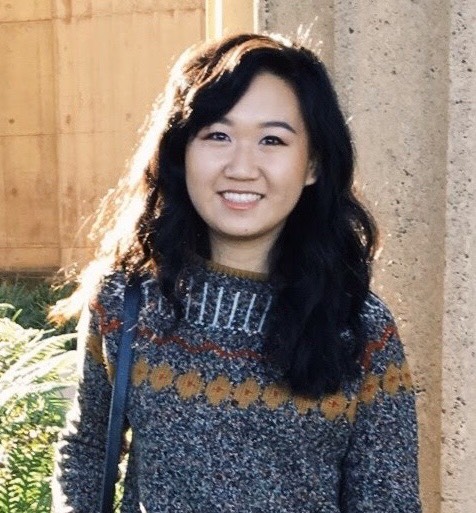 |
Sarah Wang is a graduate student at the University of California, Berkeley, advised by Professor Andrew Minor. She specializes in using transmission electron microscopy (TEM) to study how irradiation and corrosion affect the strain state of nuclear engineering materials.
|
Haley Williams (UCB) |
|
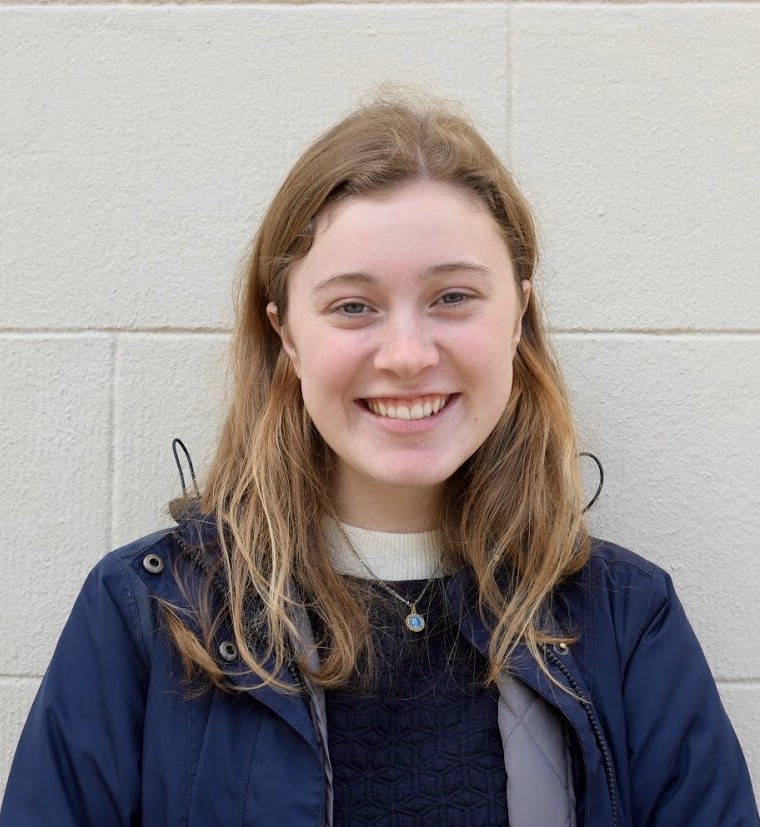 |
Haley Williams is a PhD student at the University of California, Berkeley. She uses electrochemistry to probe salt properties and composition and to investigate corrosion for molten fluoride salts. In addition to her research, Haley enjoys swimming, baking, being outside, and reading. |
Nicholas Winner (UCB) |
|
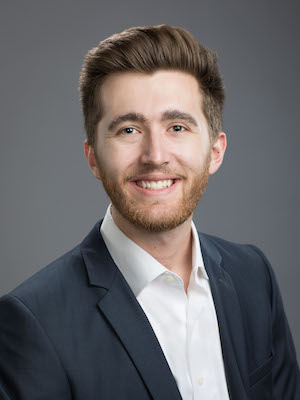 |
Nicholas Winner is a graduate student from the University of California, Berkeley, advised by Mark Asta. Nick works on the modeling thrust of FUTURE to study interfacial behavior between non-aqueous liquids and structural materials. Before starting graduate studies, Nick worked at the Center for Integrated Nanotechnology at Los Alamos National Laboratory for his summer internship. He enjoys golf in his spare time and is an avid cook of Northern Indian cuisine. |
Nathan Velez |
|
|
|
Nathan Velez is a USAF veteran and received his PhD from the University of California, Berkeley where he studied mechanical properties of polymeric materials. Using the technique he developed for testing freestanding polymer thin films, Nathan discovered a process that greatly enhances the ductility in typically brittle polymer glasses, such as polystyrene and polymethylmethacrylate. Outside of the lab, Nathan is an avid skydiver, guitarist, chess player, and whiskey aficionado. |
Marlene Wartenberg |
|
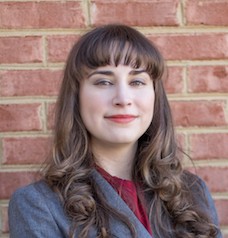 |
Marlene Wartenberg studied the corrosive behavior of oxide films as affected by molten salt and ionic liquid environments under Dr. John Scully. In her free time, she studies languages and draws digitally. |
Yang Yang |
|
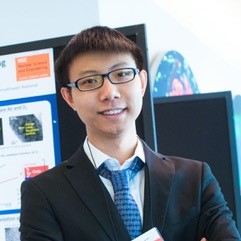 |
Dr. Yang was formerly a postdoc at National Center for Electron Microscopy (NCEM) in Lawrence Berkeley National Laboratory. He received his PhD degree from the Department of Nuclear Science and Engineering at MIT. His research interests include advanced electron microscopy characterization of materials degradation under extreme environments, as well as developing advanced computation tools for understanding interfacial dynamics during ion radiation in solids. He is one of the main developers of IM3D, a full-3D Monte Carlo (MC) simulation tool for ion radiation in matter. Yang's previous work for the EFRC included the application 4D-STEM technique to study point defects evolution in materials after molten salt corrosion. He enjoys photography and traveling in his spare time. |
Nadia Zaragoza (LANL) |
|
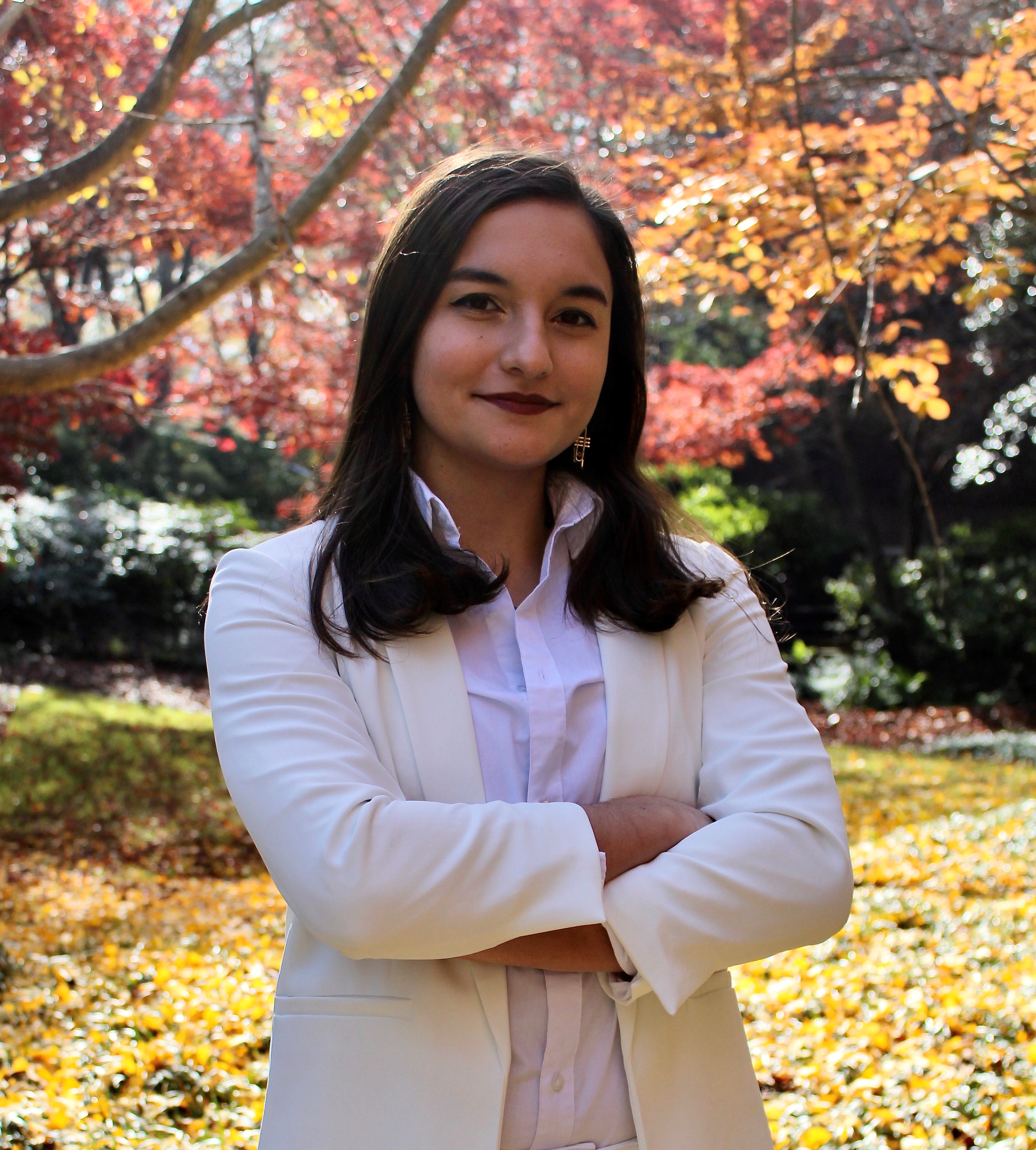 |
Nadia Zaragoza is a graduate of Georgia Tech with a B.S. in Materials Science and Engineering. Advised by Blas Uberuaga at Los Alamos National Laboratory, she is working on molecular dynamics simulations of surface diffusion in FeCr thin films used to study radiation damage in structural materials for nuclear reactors. In her free time, she enjoys knitting, roller skating, and playing music. |

